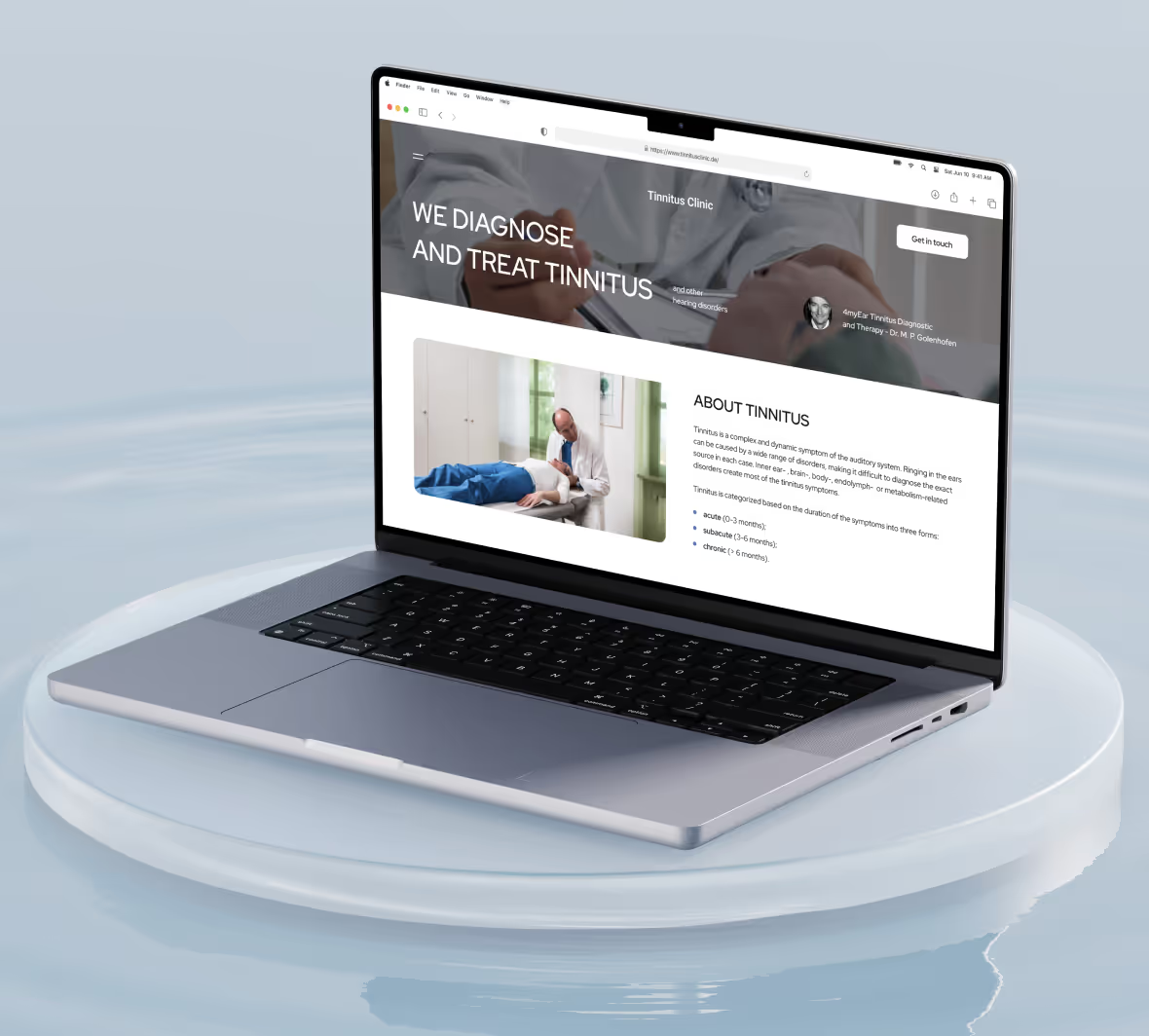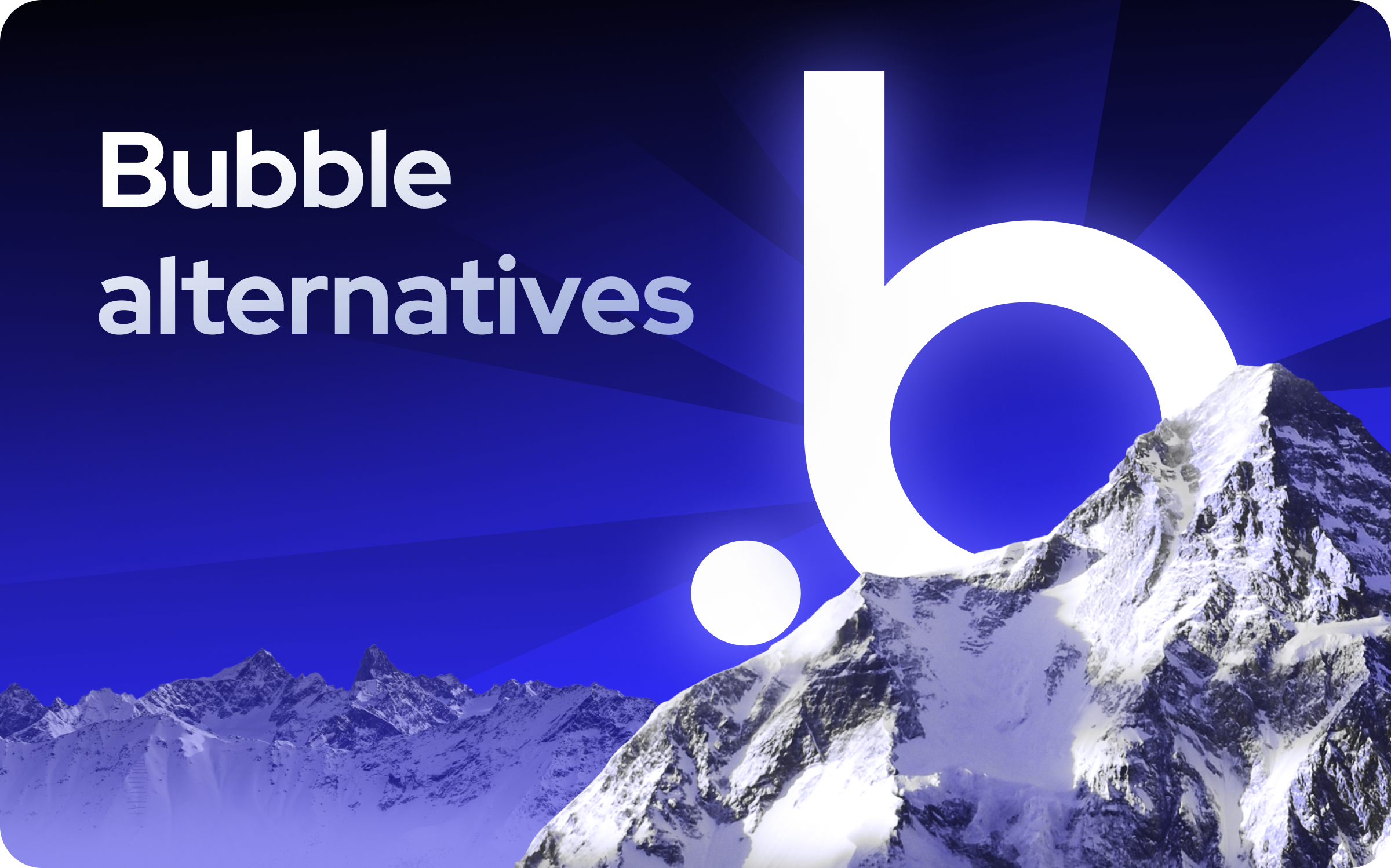
Introduction
Bubble.io is the go-to platform for many non-technical founders, and for good reason. It’s a powerful no code app builder that offers a comprehensive app building experience, combining drag and drop tools with the ability to manage both front-end design and backend workflows without traditional coding.
But that doesn’t mean it’s the best tool for every project or business user.
If you’re looking to build apps with more control over performance, design, or need to deploy apps to app stores and devices, Bubble might not be the right fit. In fact, choosing the wrong platform can set your launch back by months and burn through your budget, especially if your app requires advanced logic or sophisticated workflows.
In this article, we’ll break down the best no code development platforms and low code development alternatives to Bubble. We’ll cover what each one does well, including their approach to application development, support for professional developers and business users, and how they handle the entire development process — so you can choose the right platform for your product from day one.
Why founders choose Bubble
Bubble has become the leading no-code platform for good reason. It allows non-technical founders to create full web and native apps without hiring a development team.
Key advantages:
- All-in-one builder – Front-end, backend logic, database, and hosting all in one platform.
- Drag-and-drop visual editor – Build pages, workflows, and UI without writing code.
- API and plugin ecosystem – Connect to external tools and speed up development.
- Web and mobile in one project – You can create responsive web apps and mobile-ready versions without separate builds, saving cost and effort.
- Large community and resources – Templates, plugins, and tutorials accelerate learning.
For 90% of early-stage founders, Bubble is the fastest path from idea to MVP. You can design, launch, and iterate without hiring developers or juggling multiple tools.
Small considerations when using Bubble
While Bubble is extremely capable, it’s worth knowing a few minor considerations:
- Complex apps may need some optimisation to keep them fast and workload unit efficient.
- Design flexibility is solid, but tools like Webflow offer more pixel-perfect control.
- There’s a short learning curve for logic and responsiveness, but tutorials make it manageable.
These are low-level trade-offs for the speed and flexibility you get with Bubble. For most early-stage products, these are never deal breakers.
Popular Bubble alternatives (and when to use them)
In some cases, using another no-code platform can make sense. These tools are specialised for certain use cases rather than general replacements for Bubble.
1. FlutterFlow – For native mobile apps
- Best for: Apps that must run natively on iOS and Android.
- Why use it: Native performance, Firebase integration, ability to export Flutter code for custom development.
- When to consider: You’re building a mobile-first product with features like camera access or offline mode.
2. Glide – For simple internal tools
- Best for: Internal dashboards, admin tools, and quick prototypes linked to Google Sheets.
- Why use it: Extremely fast to build, beginner-friendly, great for operational tools.
- When to consider: You need a simple tool for your team, not a customer-facing product.
3. WeWeb + Xano – For scalable and complex web apps
- Best for: Web products that require heavy backend processing or multi-developer collaboration.
- Why use it: Xano provides a scalable backend, WeWeb offers flexible front-end building.
- When to consider: Your product needs more long-term performance and backend control than Bubble alone.
4. Softr – For simple client portals and MVPs
- Best for: Lightweight experiments, prototypes, or small client projects.
- Why use it: Extremely easy to use, Airtable integration, fast to launch.
- When to consider: You’re validating an idea before committing to a full SaaS build.
5. Retool – For internal dashboards with heavy data
- Best for: Ops teams, reporting dashboards, or internal tools that integrate with databases.
- Why use it: Direct API and database support, fast setup for internal use.
- When to consider: You’re building an internal tool, not a public-facing product.
Bubble + Xano: The best of both worlds
If you want Bubble’s speed but need enterprise-grade scalability, consider pairing Bubble + Xano:
- Bubble handles the UI, workflows, and fast MVP building
- Xano manages the backend for large datasets and high-performance apps
This setup lets you start on Bubble, validate your idea quickly, and then scale without a rebuild. For many startups, this is the ideal path from MVP to growth.
Bubble vs alternatives: Quick guide for founders
Here’s a simple way to choose your no-code platform:
- Building a mobile-first app? → FlutterFlow
- Building an internal tool? → Glide or Retool
- Building a complex SaaS? → Bubble + Xano or WeWeb + Xano
- Building a simple MVP or client portal? → Bubble or Softr
- Want web + mobile in the same project? → Bubble (unique advantage)
In short: Bubble is the most flexible all-in-one choice, and alternatives are for very specific needs.
Scaling your Bubble app with help
One of Bubble’s unique advantages is how well it supports founders as their product grows. Many non-technical founders successfully build their own MVP in Bubble, and when it’s time to scale or add more advanced features, they can easily bring in expert help.
Here’s why this is such a strong advantage for Bubble users:
- Large developer and agency community
- Bubble has a thriving network of freelancers and agencies who specialise in taking MVPs to production-ready products.
- Whether you need custom functionality, performance optimisation, or a UI refresh, you can find certified Bubble developers quickly.
- Bubble’s RFP tool for projects
- Bubble makes it easy to post your project and receive proposals from experienced developers or agencies.
- This is perfect for founders who want to hand off advanced development without rebuilding in another tool.
- Agencies offer app audits and growth support
- Professional agencies, including Minimum Code, provide Bubble app audits to check performance, security, and scalability.
- We can optimise your existing app and plan the next stage of your product roadmap, so you can confidently scale to more users or add new features without surprises.
For founders, this means you can start solo on Bubble, validate your idea, and then seamlessly bring in experts to grow your app—without switching platforms or wasting your early work.
Conclusion: Bubble first, alternatives for edge cases
If you’re a non-technical founder, start with Bubble. It gives you speed, flexibility, and a single platform to launch your MVP without a technical co-founder.
Alternatives like FlutterFlow, Glide, and WeWeb + Xano are great for niche use cases, but Bubble remains the best general-purpose no-code app builder for founders.
Before you invest months of work, make sure you’re picking the right stack for your product.
💡 Book a free strategy call with Minimum Code and we’ll help you choose the no-code approach that saves you time and money.
👉 Book your free strategy call here

Ready to build your product?






.avif)


